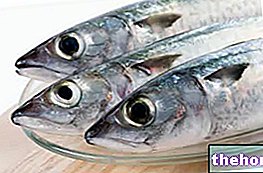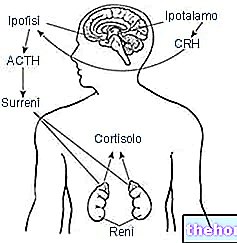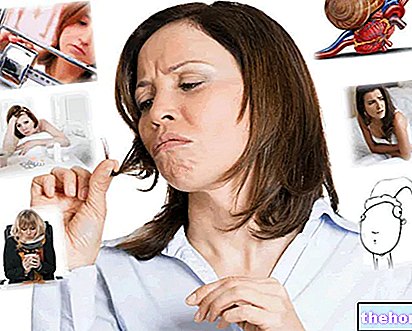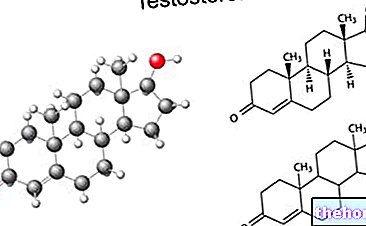"Iodine 131
Indications
The indications for treatment with radioactive iodine are essentially represented by hyperthyroidism and thyroid neoplasms [(the therapy allows the elimination of any metastases and residual thyroid tissues after surgery (ablation)].
However, patients must have suitable characteristics, on which the therapeutic efficacy of the treatment depends. Candidates include those individuals for whom removal of the thyroid gland (thyroidectomy) is contraindicated and all patients in whom antithyroid treatments (thyreostatic drugs - thionamides ) do not produce the desired effect (post-treatment relapses) or cause too many side effects.

What to do after the exam
After treatment with iodine 131 the patient can safely return to his daily routines; however, since the treatment received required the administration of a radioactive substance, it is necessary to avoid that other people are exposed to the risk of radiation. Most of the absorbed iodine 131 is gradually eliminated over a week, especially in the 48 hours following the test; most of the isotope leaves the body in the urine, but small amounts can also be excreted through other secretions. body, such as saliva, tears, sweat, vaginal secretions, and with feces. Therefore, after therapy with iodine 131 very often the doctor recommends compliance with the following behavioral rules for 7-8 days:
- during the first day drink a lot, for example a glass of water every hour, and urinate frequently, for example once every two hours; this in order to rapidly eliminate the iodine contained in the organism but not fixed to the thyroid.
- For the 3-day period the patient should not sit or stay close to other people, keeping as far away as possible. In any case, he should keep a distance greater than 1 meter and greater than 2 meters when he stops for a long time with others (for more than one "hour).
- Children under 2 years of age should not be cared for by the patient, who should avoid direct contact with them as much as possible, keeping as far as possible (not less than 2 meters). However, it is preferable to entrust the children to relatives or friends. Similar attention should also be given to pregnant women, keeping as far away as possible (not less than 2 meters).
- If the people with whom the patient contacts are over 60 years of age, the risk due to exposure to ionizing radiation is much lower.
- It is very important to sleep in separate rooms. If this is not possible, it is necessary to maintain a distance between the two beds of at least 2 meters; this precaution must be observed even in the presence of a possible dividing wall.
- For the first 3 days it is recommended to preferably use a personal bathroom. If this is not possible, avoid any loss of urine outside the vessel. It is also advisable for men to urinate while sitting. Flush several times after use.
- Avoid going to very crowded places where you stay for a long time and in close contact with others, such as cinemas or theaters.
- Restrict for one week the use of public transport for journeys lasting more than two hours. If possible, look for an isolated place and in any case not close to children or young women. In the case of using taxis or private vehicles, use the place further away from the driver.
- A small part of radioactive iodine is also eliminated with sweat or saliva. For this, cutlery, crockery, towels, sheets, etc. they must not be used by others as well. After washing these items are absolutely safe and there is no need to wash them separately.
- In case of unexpected hospitalization in the days following the treatment, inform the doctor about the RAI treatment received.
After the metabolic radiotherapy, any existing therapies for other pathologies can be taken.
- Returning to normal work depends on the type and conditions of work.




























